Colville partners with Mexico’s Chiapas ‘telar de cintura’ weavers
When the global pandemic impacted the livelihoods of several communities of Mexican weavers, British brand Colville connected with them to reignite the disrupted traditional craft of telar de cintura weaving
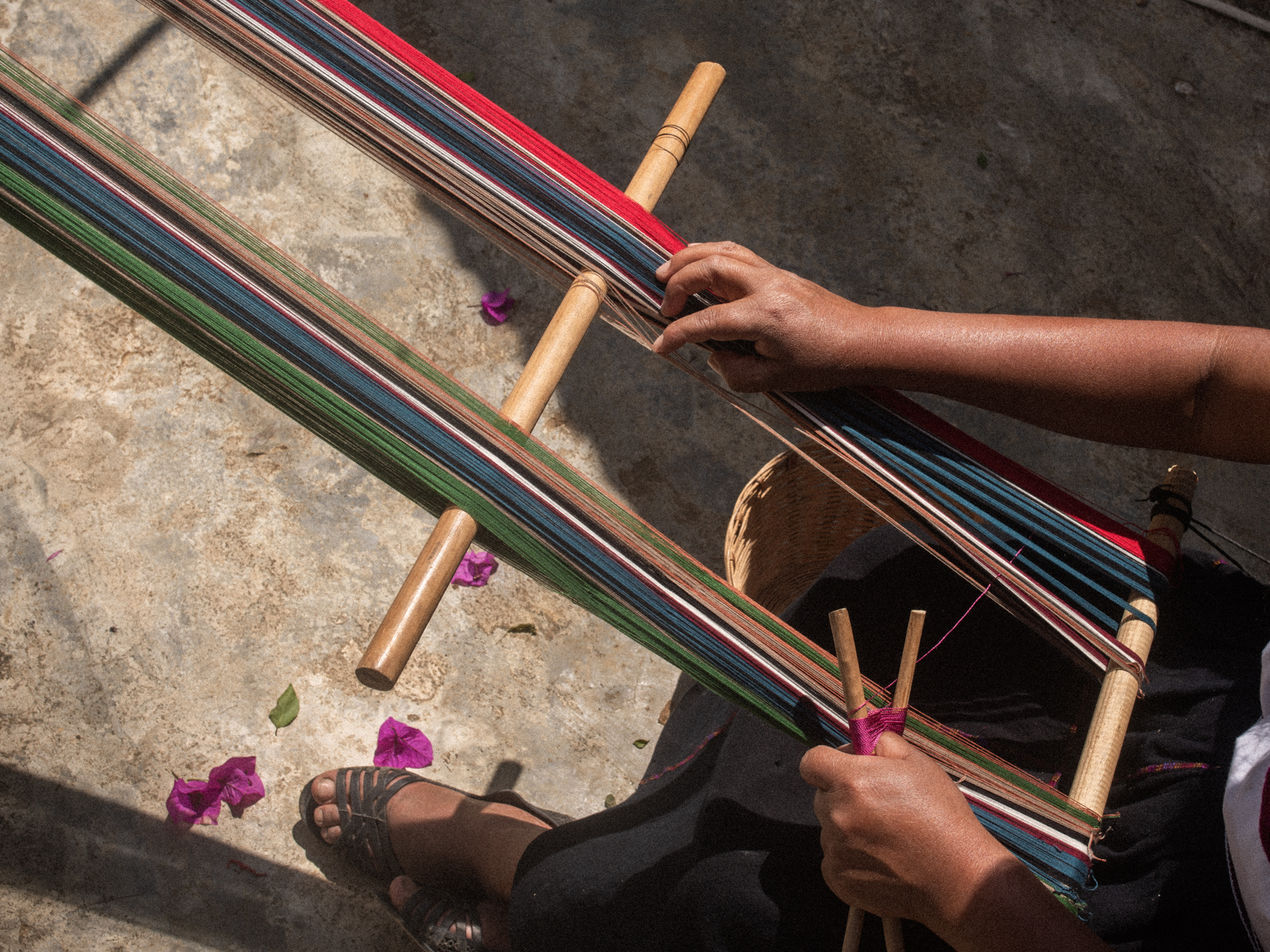
Since Lucinda Chambers and Molly Molloy founded Colville in 2018, working with women’s collectives has become an integral part of their sustainably-minded brand. Today, the industry veterans – a former fashion director of British Vogue and former design director at Marni respectively – partner with communities and artisans in Senegal and Morocco, as well as the women of the Wayuu tribe in northern Colombia.
The story behind Colville’s partnership with Mexico’s telar de cintura weavers

Sandra Nayeli González, one of the younger members of the collective. She usually works on her grandmother’s patio alongside her mother, aunts and grandmother.
In a new project, Colville is partnering with artisans in the Chiapas region of Mexico, the country’s southernmost state, bordering Oaxaca. The area is known for a particular style of weaving, for which artisans use a telar de cintura – or ‘waist loom’ – which loops around the waist while the other end is fixed to a tree or post. They then pass a wooden paddle back and forth through the warp threads, pushing the yarn into place. During the pandemic, the absence of tourism in the Chiapas region and the subsequent drop in demand for handcraft had a dramatic impact on the local weavers, upending many generational traditions and customs. ‘The artisans of the telar de cintura had to leave the looms and join their husbands working the land in the mountains,’ says Molloy.
A friend of the Colville founders, who lives in Mexico, reached out to the duo to share the difficulties these communities were facing. It sparked an idea. ‘We decided together to start by making a few poncho samples with the craftswomen to see if it could work for them and for us,’ says Molloy. It was a success. Before long, more than 20 women living in three different mountain communities were working to create the new Colville ponchos.
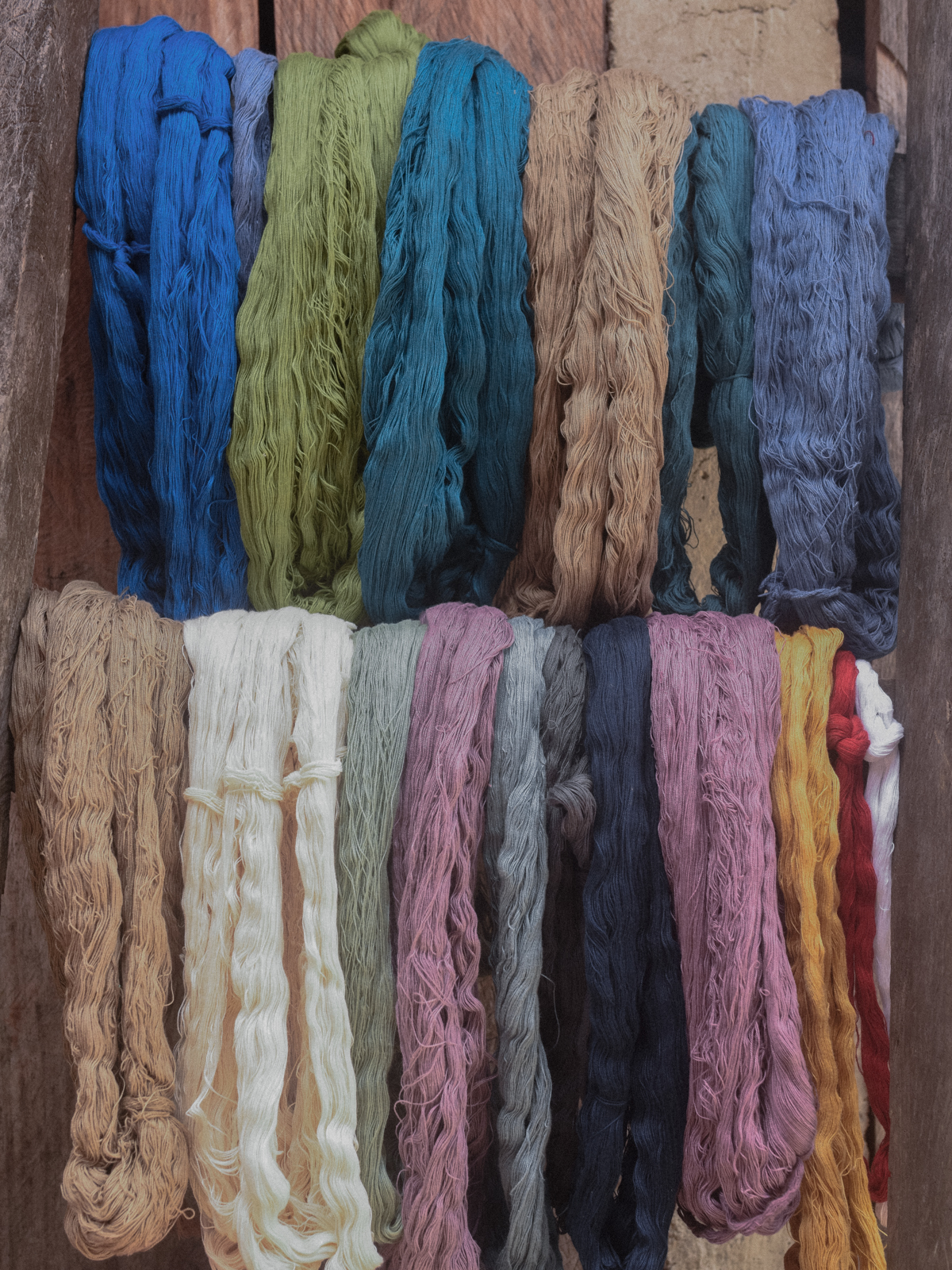
After being thoroughly washed, the yarn hangs ready to be spun for weaving.
‘After receiving our designs, Dona Mari, the head of the weavers, begins her journey to the communities, bringing with her our explanations and instructions,’ Chambers explains of the process of making a poncho. ‘She also takes colour swatches that we send her to colour match the threads,’ adds Molloy. ‘The thread is bought from cooperatives within other local communities and dyed by hand, which requires precision and lots of patience. The final results always came back exactly as we wanted.’
Working with several communities takes planning and logistics; ‘each weaver has a different hand so each panel must be made by the same person,’ explains Molloy. Once finished, Dona Mari travels to each community to collect the pieces, which are then sent to be washed and sewn together by a different set of artisans. In total, it takes between 20 and 25 days of work for each poncho to be completed. ‘All the techniques, such as the joining together of the ponchos and the weaving of the fringes and panels are all ancestral techniques,’ says Molloy.
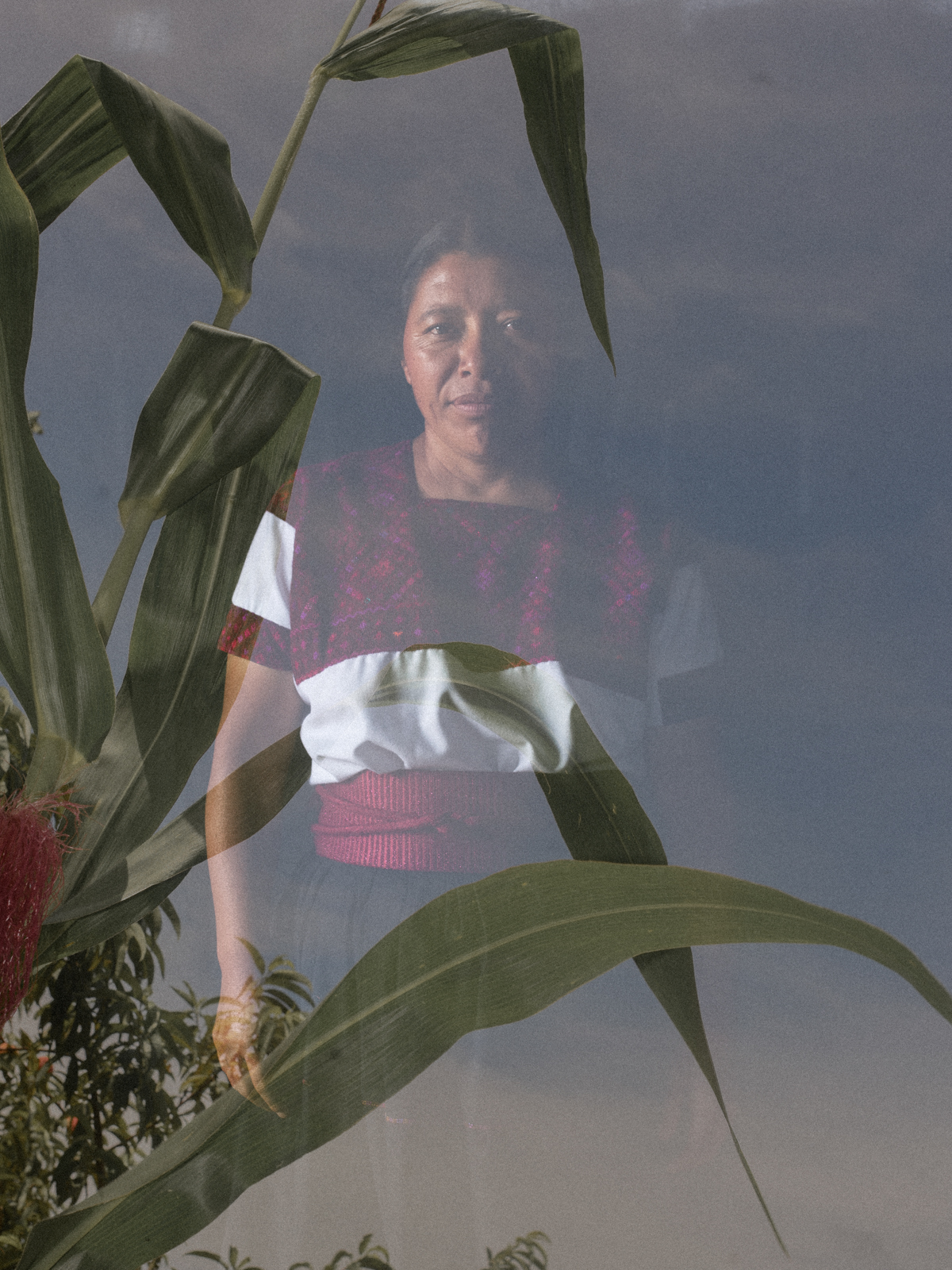
Juana González is an indigenous Tsotsil Mayan woman from the highlands of Chiapas in southern Mexico. She weaves every day with her daughter and nieces.
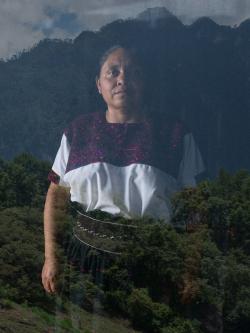
40-year-old Alicia Hernández is an Indigenous Tsotsil Maya woman from the highlands of Chiapas in Southern Mexico. She has been weaving with her mother Maria since she was a girl.
Not only has this enterprise helped stabilise demand for the craft, but employment is also providing consistency for the communities disrupted by the pandemic. ‘All the ladies work from home so they are able to take care of their families,’ says Molloy of the weavers. This in turn has a knock-on effect whereby children can observe their mothers’ expertise first-hand. ‘The communities we work with have strong traditions that involve the younger women, and they are following in their ancestors’ paths, by learning and keeping the telar de cintura craft alive. In these small remote communities the sense of family and traditions is very much felt,’ says Chambers.

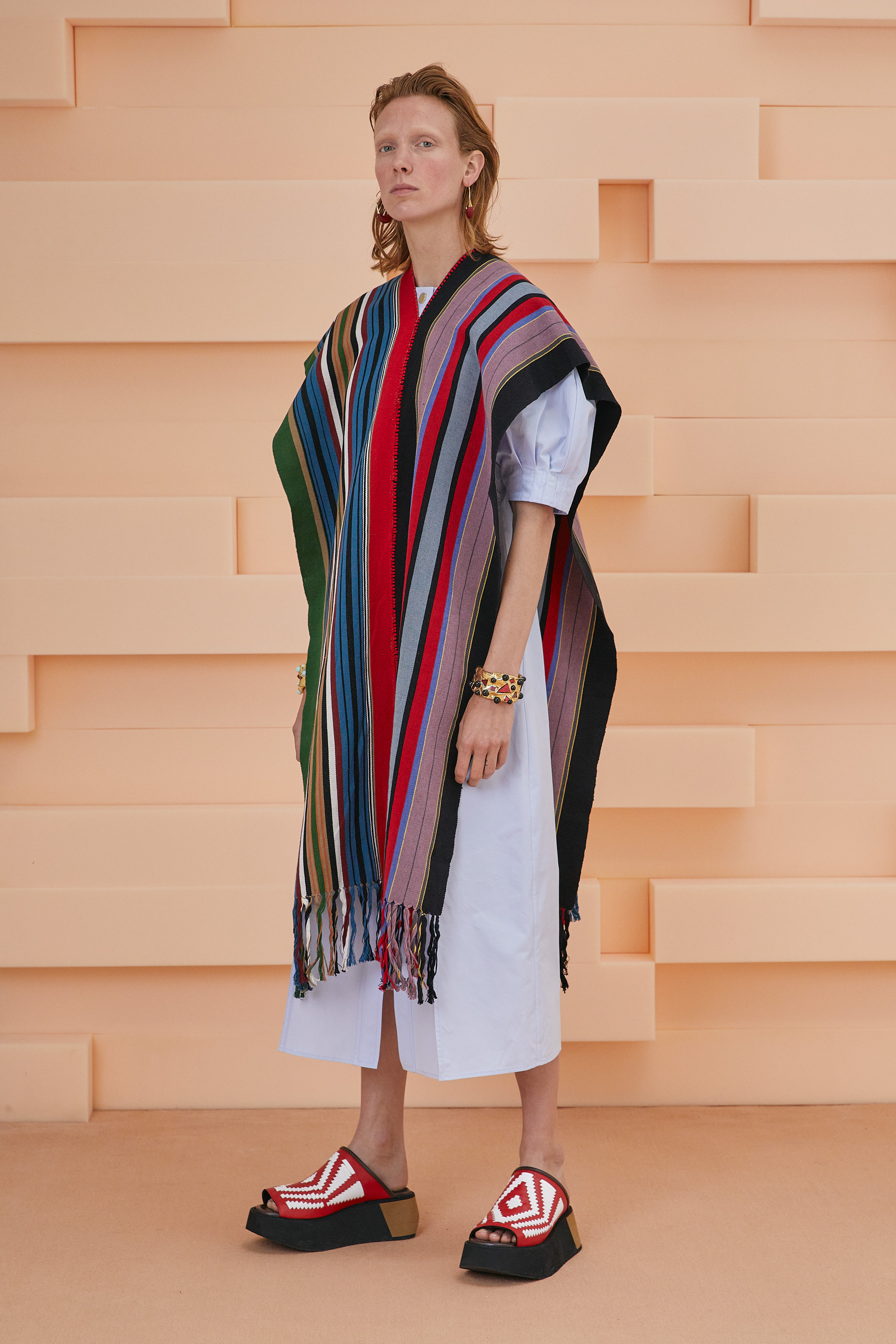
Above: the finished ponchos in Colville’s S/S 2022 collection.
INFORMATION
Receive our daily digest of inspiration, escapism and design stories from around the world direct to your inbox.
Tilly is a British writer, editor and digital consultant based in New York, covering luxury fashion, jewellery, design, culture, art, travel, wellness and more. An alumna of Central Saint Martins, she is Contributing Editor for Wallpaper* and has interviewed a cross section of design legends including Sir David Adjaye, Samuel Ross, Pamela Shamshiri and Piet Oudolf for the magazine.
-
 Winston Branch searches for colour and light in large-scale artworks in London
Winston Branch searches for colour and light in large-scale artworks in LondonWinston Branch returns to his roots in 'Out of the Calabash' at Goodman Gallery, London ,
-
 The most anticipated hotel openings of 2026
The most anticipated hotel openings of 2026From landmark restorations to remote retreats, these are the hotel debuts shaping the year ahead
-
 Is the future of beauty skincare you can wear? Sylva’s Tallulah Harlech thinks so
Is the future of beauty skincare you can wear? Sylva’s Tallulah Harlech thinks soThe stylist’s label, Sylva, comprises a tightly edited collection of pieces designed to complement the skin’s microbiome, made possible by rigorous technical innovation – something she thinks will be the future of both fashion and beauty
-
 Celine Saint Honoré is dedicated to Hedi Slimane’s feats of savoir-faire and craft
Celine Saint Honoré is dedicated to Hedi Slimane’s feats of savoir-faire and craftThe Celine store on Rue Saint-Honoré is designed to capture the spirit of Paris, showcasing the house’s most precious offering. Here, Wallpaper* captures Celine’s couture, Haute Maroquinerie and Haute Parfumerie collections in the luxurious space
-
 Exhibition to explore the Bloomsbury Group through fashion
Exhibition to explore the Bloomsbury Group through fashionSupported by Dior, Charleston’s ‘Bring No Clothes’ explores the Bloomsbury Group’s use of – and influence on – fashion, featuring works by Dior, Fendi, Comme des Garçons and more, alongside original clothing and ephemera
-
 Summer games, from pétanque to pool floats, get a fashionable spin
Summer games, from pétanque to pool floats, get a fashionable spinFrom a luxurious pétanque set to pool floats and playing cards, summer games and toys from the world’s best-known fashion houses
-
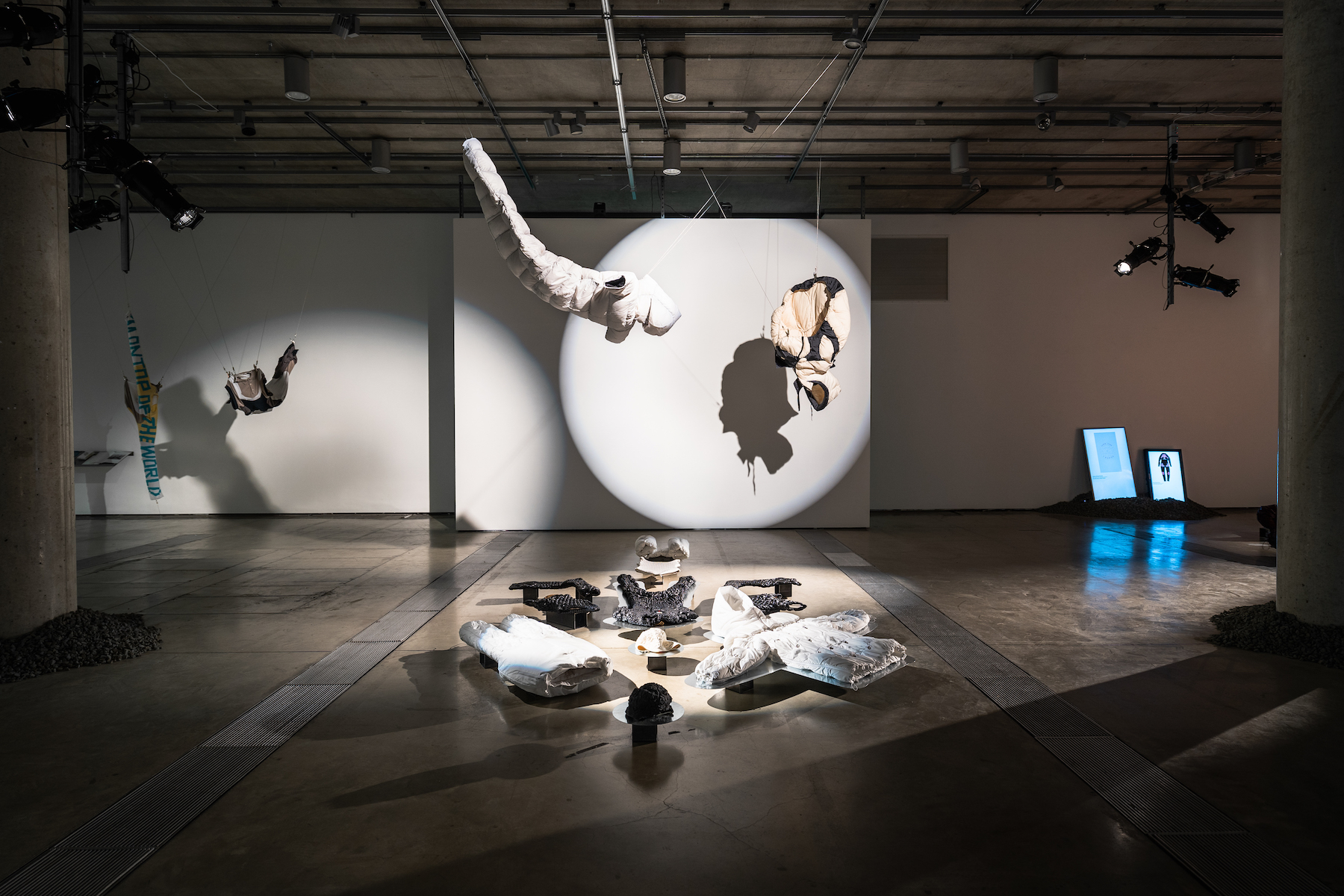 Canada Goose and Central Saint Martins celebrate next-generation changemakers in new London exhibition
Canada Goose and Central Saint Martins celebrate next-generation changemakers in new London exhibition‘Keeping the Planet Cold’ – running from 17-21 February 2023 at London’s Lethaby Gallery – celebrates exceptional BA and MA fashion students in the field of sustainable and purpose-driven design
-
 Mud pits to giant flowers, the best runway sets of S/S 2023
Mud pits to giant flowers, the best runway sets of S/S 2023The most transporting show sets of the S/S 2023 season, from Demna’s pit of mud at Balenciaga to a giant fibreglass anthurium flower at Loewe
-
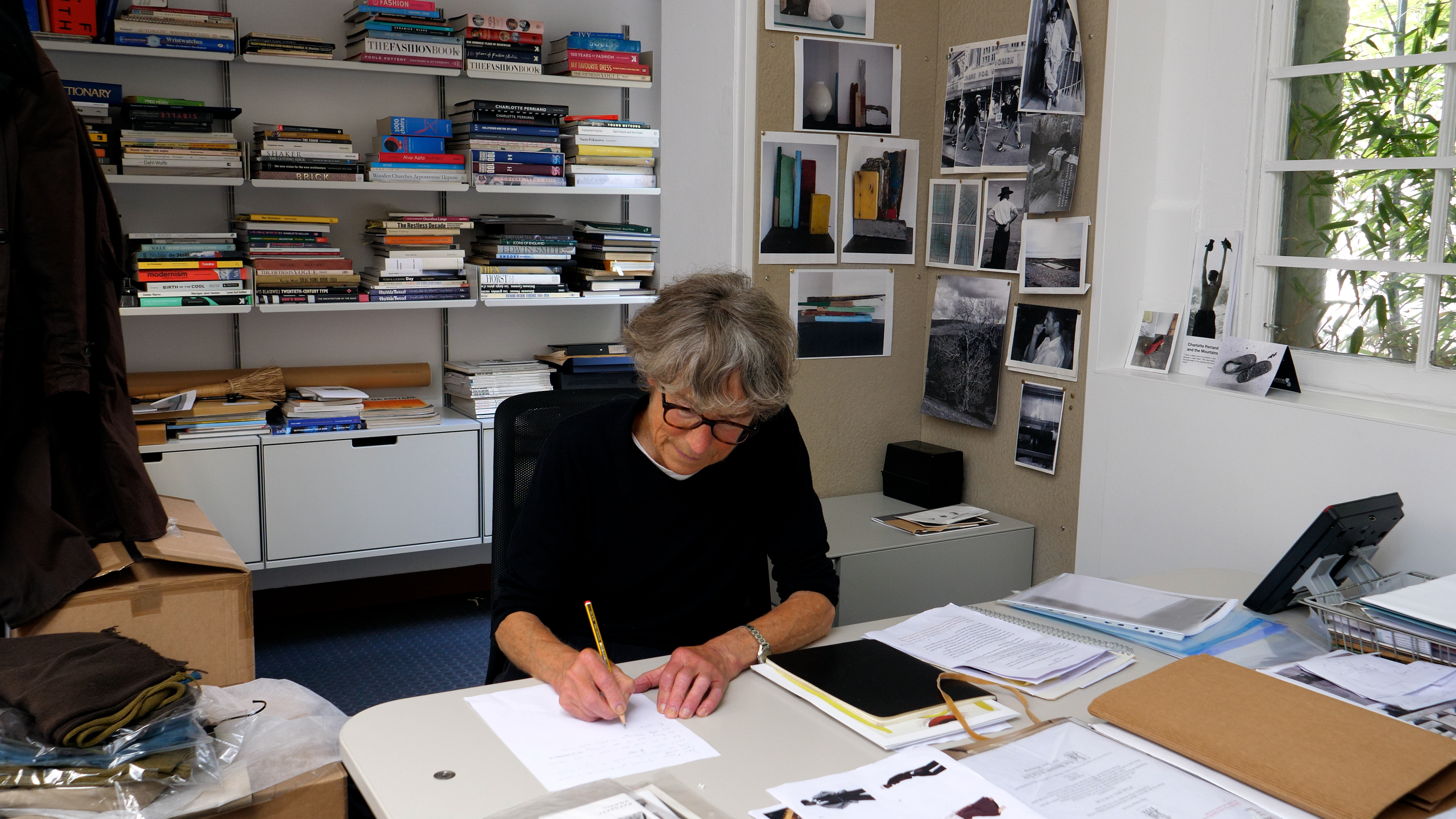 New short film takes you behind the scenes at Margaret Howell
New short film takes you behind the scenes at Margaret HowellA Working Space provides a behind-the-scenes look at 34 Wigmore Street, Margaret Howell’s London headquarters, which celebrates its 20th anniversary this year
-
 Samuel Ross announces fourth chapter of Black British Artist Grant Programme
Samuel Ross announces fourth chapter of Black British Artist Grant ProgrammeAwarding Black British talent across design disciplines, this week designer Samuel Ross of A-Cold-Wall* launches the latest edition of his artist grant programme which is accepting applications now
-
 In Memoriam: Issey Miyake (1938 – 2022)
In Memoriam: Issey Miyake (1938 – 2022)We remember fashion designer Issey Miyake, who has died aged 84